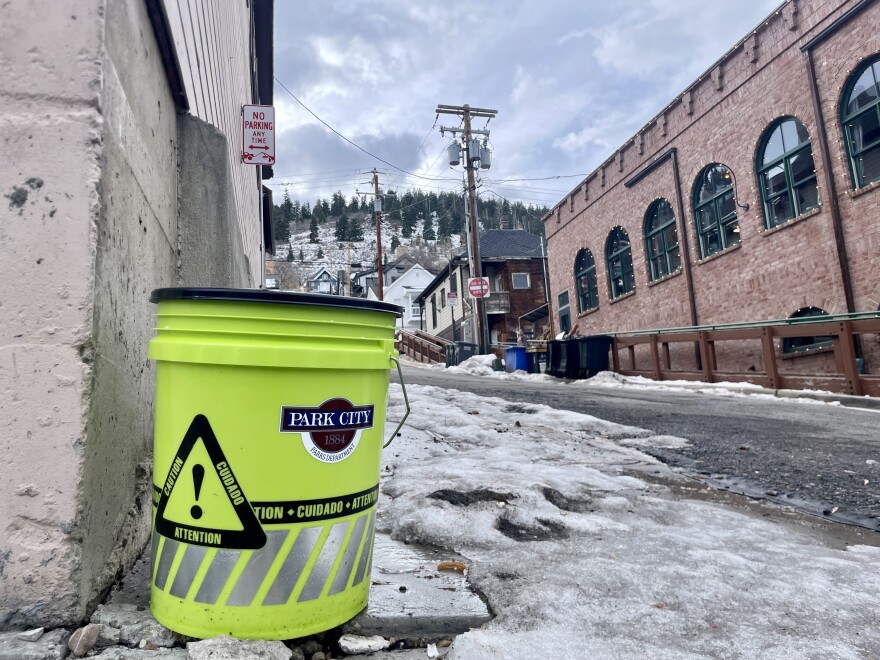A storm system moves into Utah late Friday from the southwest, and it’s expected to bring snow.
A storm system late today thru Saturday will bring rain to the valleys and snow to the mountains. Northern UT valleys will end with a bit of light snow, but with little to no accumulations. Moderate precipitation will impact SE UT including Glen Canyon NRA Saturday. #utwx pic.twitter.com/BYWKwotvQy
— NWS Salt Lake City (@NWSSaltLakeCity) December 22, 2023
How much? Forecasted accumulations have been decreasing.
“We are going to see a little bit of snow but as we get closer, unfortunately, the storm is kind of fizzling out,” meteorologist Nate Larsen said.
Most of the Wasatch Back won’t see more than 4 inches, and the Heber Valley can expect a wintery mix of rain and snow into Saturday until afternoon.
Statewide, the upper Cottonwood Canyons, Brian Head and Boulder Mountain will get the most snow but the NWS says those areas will see less than a foot.
The Utah Department of Transportation says drivers can expect minor road impacts in the Wasatch Back Saturday morning.

After Sunday, it will be dry and mostly sunny through the week.
“Could see another system though, next weekend, so crossing our fingers for a little more snow,” Larsen said.
The National Weather Service’s Salt Lake City office published data on previous white Christmases Wednesday.
There’s no Park City data available, but between 1952 and 2011, Heber City has seen at least 27 Christmas days with 3 or more inches of snow on the ground.
And over the last decade it snowed on Christmas in Salt Lake City in 2014, 2018 and 2019.
This year, we’ll make do with some light accumulation ahead of Christmas Eve.


